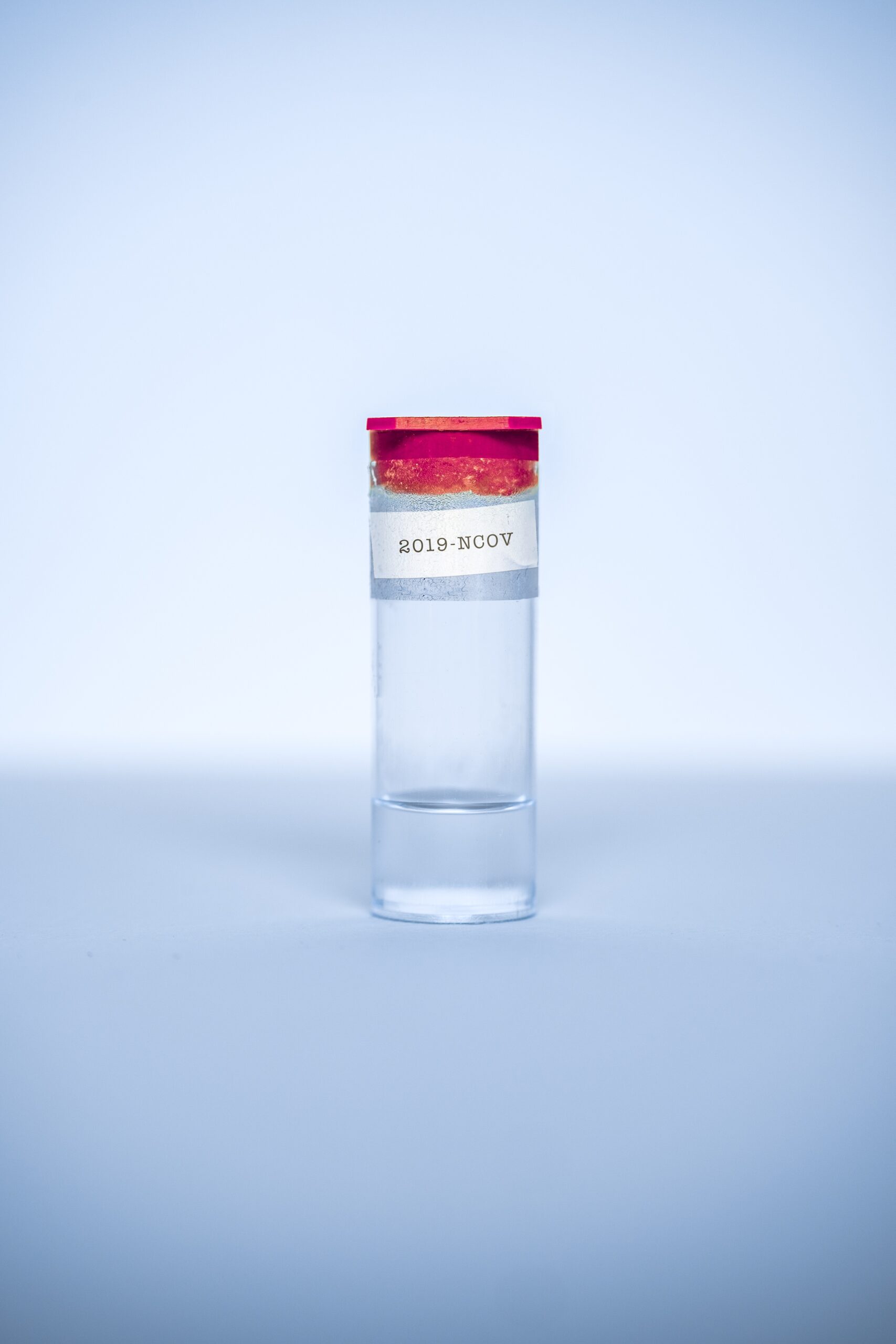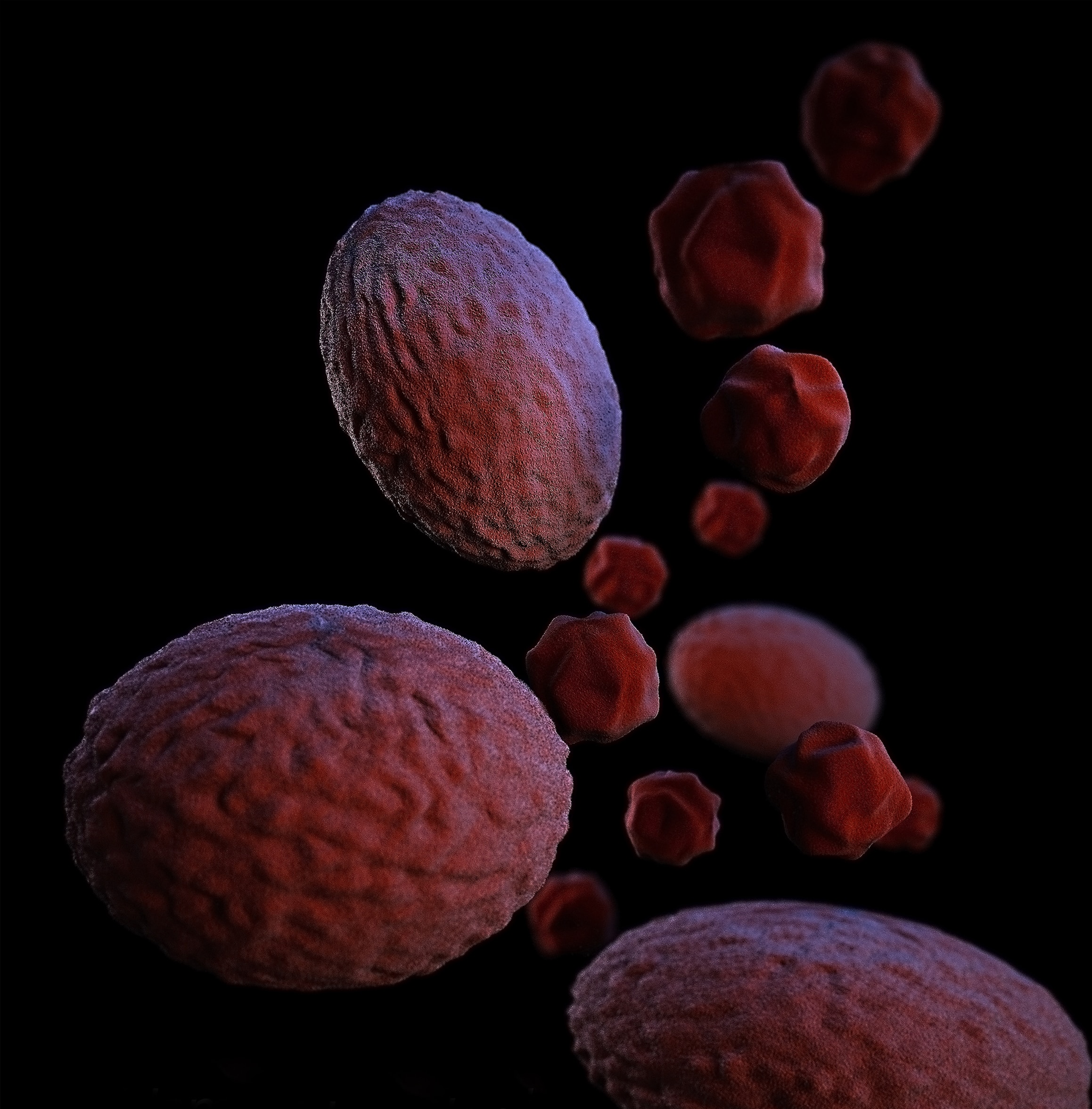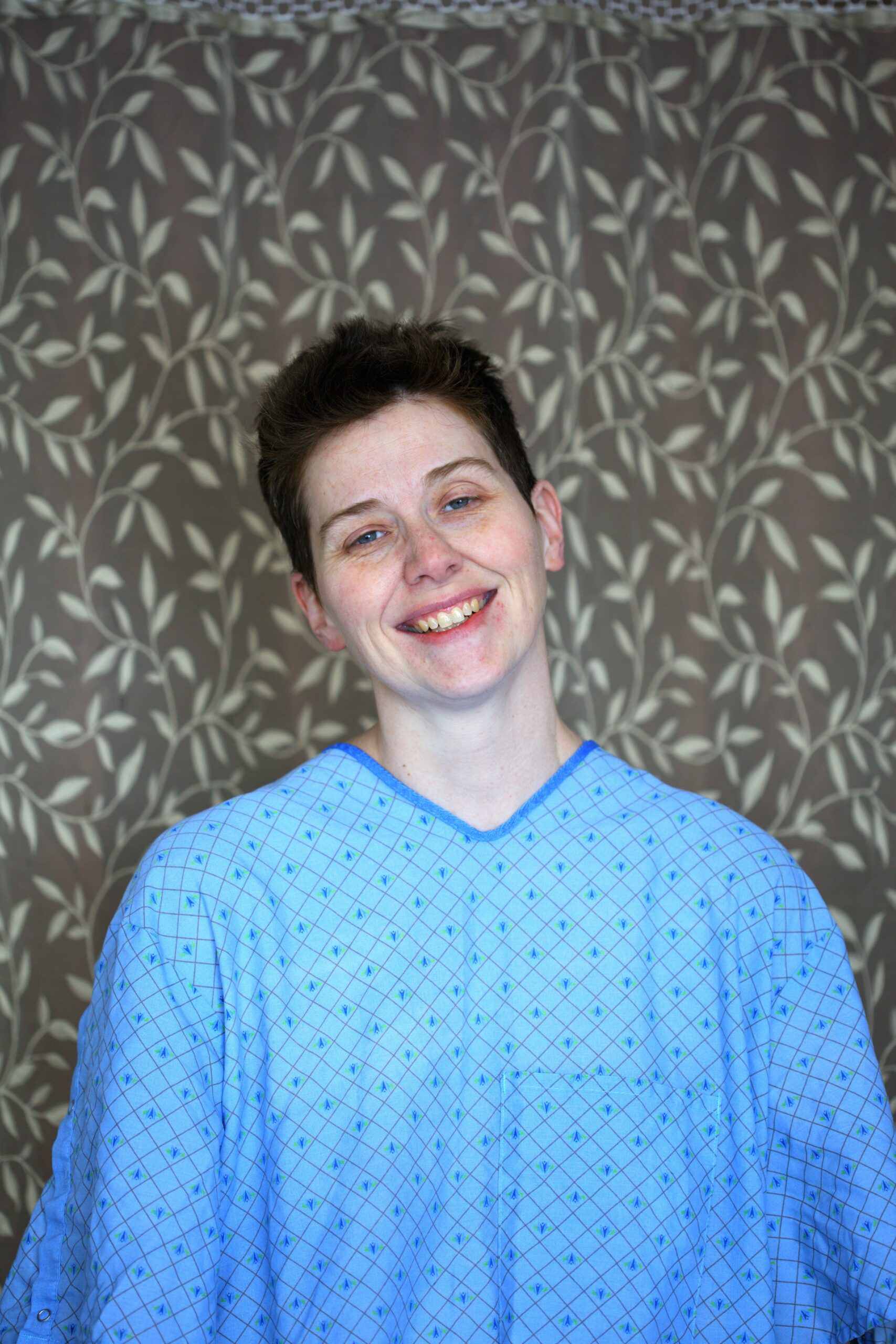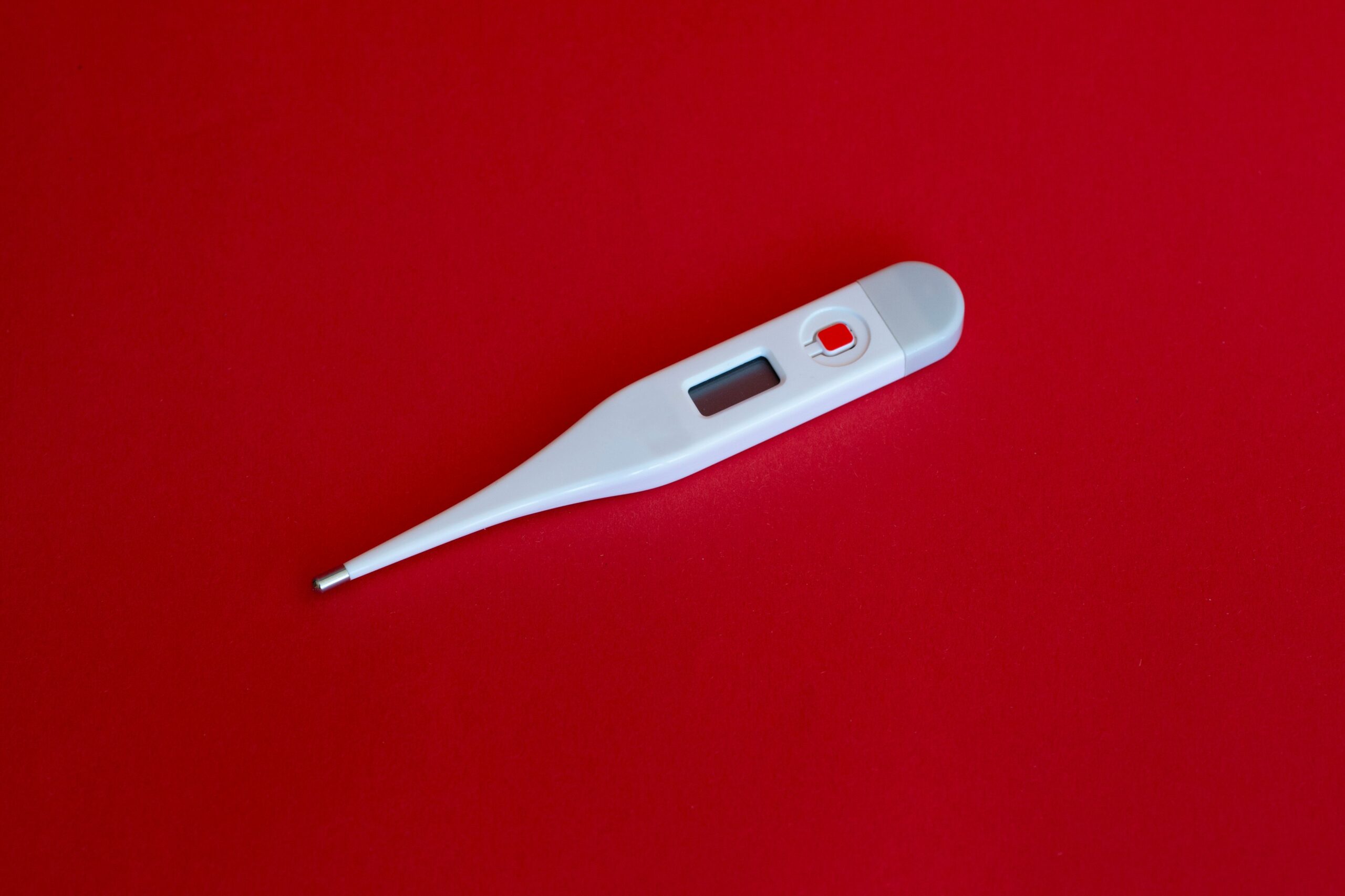Introduction
Kawasaki disease, also known as mucocutaneous lymph node syndrome, is a rare but serious condition that primarily affects children under the age of 5. It is characterized by inflammation of the blood vessels throughout the body, including the coronary arteries.
Symptoms
The symptoms of Kawasaki disease can vary from mild to severe and may include:
- Persistent high fever lasting for more than 5 days
- Redness and swelling of the hands and feet
- Rash on the trunk of the body
- Red, bloodshot eyes
- Swollen lymph nodes in the neck
- Irritability and fussiness
- Peeling skin on the hands and feet, especially around the nails
If your child experiences any of these symptoms, it is important to seek medical attention immediately.
Diagnosis
Diagnosing Kawasaki disease can be challenging, as there is no specific test for it. The diagnosis is typically based on a combination of clinical findings and ruling out other possible causes of the symptoms. The doctor will review the child’s medical history, conduct a physical examination, and may order additional tests, such as blood tests, echocardiogram, or electrocardiogram, to assess the heart’s function and look for signs of inflammation.
Treatment
Early treatment is crucial to reduce the risk of complications associated with Kawasaki disease, particularly damage to the coronary arteries. The primary treatment for Kawasaki disease is intravenous immunoglobulin (IVIG), which is a concentrated solution of antibodies that helps to reduce inflammation in the blood vessels. High-dose aspirin is also given initially to reduce fever and inflammation, but the dosage is gradually reduced once the fever subsides.
In some cases, additional treatments may be necessary, such as corticosteroids or other anti-inflammatory medications, if the initial treatment does not effectively control the symptoms. Close monitoring of the child’s heart function is essential, and follow-up appointments are scheduled to assess the progress and detect any potential complications.
Prognosis
With prompt treatment, the prognosis for Kawasaki disease is generally good. Most children recover fully within a few weeks after starting treatment, and the risk of long-term complications is significantly reduced. However, without treatment, Kawasaki disease can lead to serious complications, including the formation of aneurysms in the coronary arteries, which can increase the risk of heart problems.
Prevention
Unfortunately, there is no known way to prevent Kawasaki disease. However, early recognition and prompt treatment can greatly improve the outcome and reduce the risk of complications. It is important for parents and caregivers to be aware of the symptoms and seek medical attention if their child exhibits any signs of the disease.
Conclusion
Kawasaki disease is a rare but potentially serious condition that primarily affects young children. Recognizing the symptoms and seeking medical attention promptly is crucial for early diagnosis and treatment. With appropriate treatment, most children recover fully, but without treatment, the disease can lead to severe complications. If you suspect your child may have Kawasaki disease, consult a healthcare professional for proper evaluation and management.
FIND FLASH MEDICAL INFO SEARCH HERE
اخبار النادي الأهلي المصري هنا




